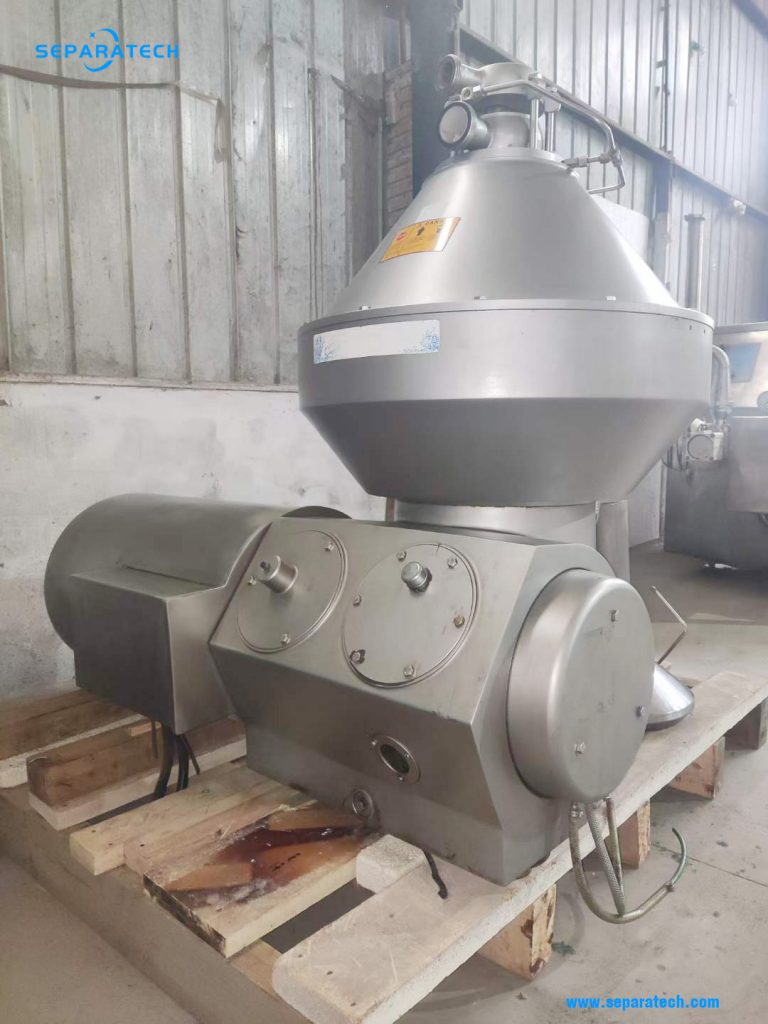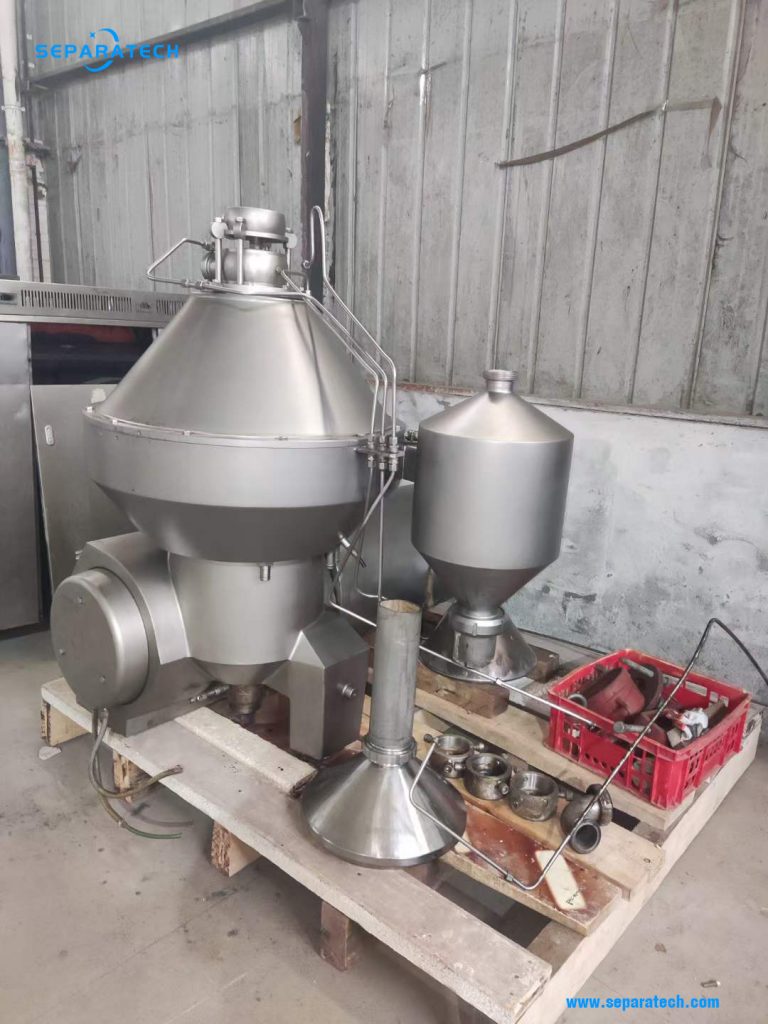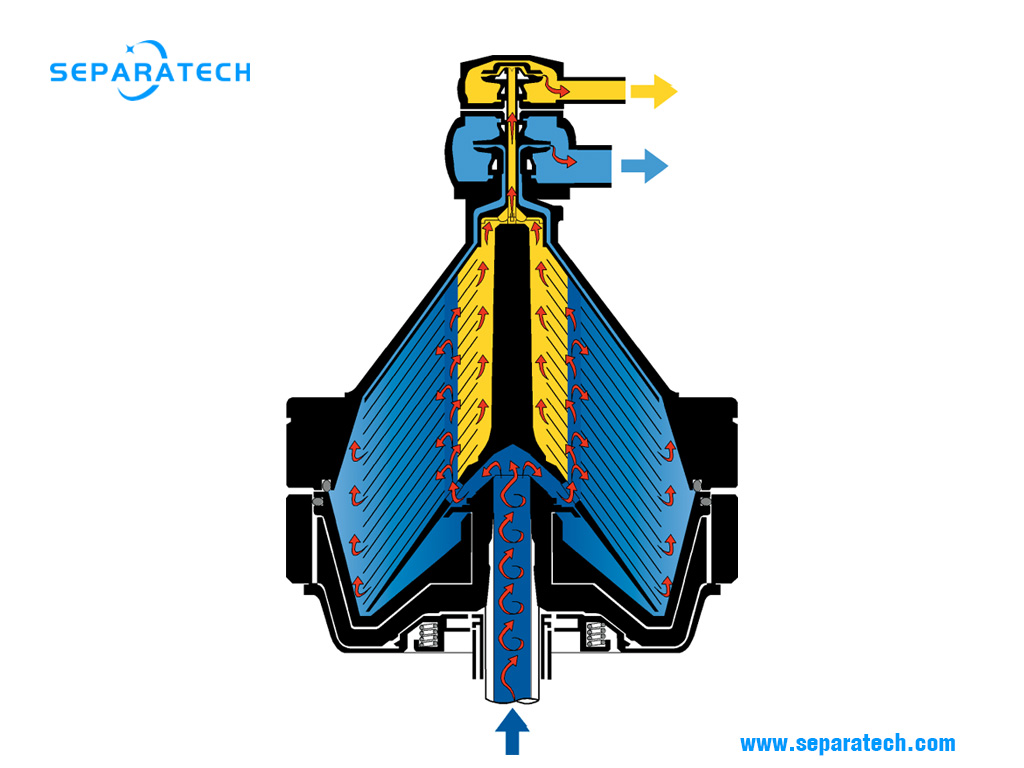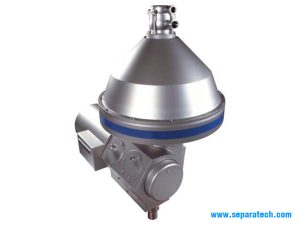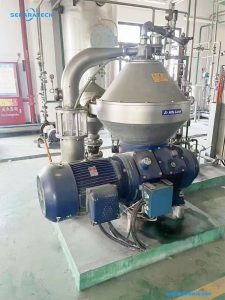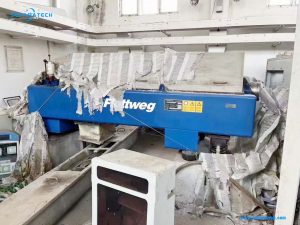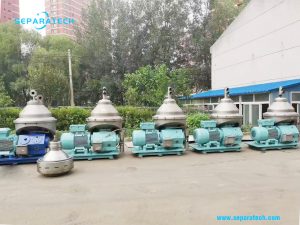Alfa Laval HMRPX610 HGD-74C Milk Separator Applications
This Alfa Laval HMRPX610 HGD-74C is mainly used for hot milk separation. The objective is to separate the globular milk fat from the serum, the skim milk. The separation process is normally incorporated into a pasteurization line and combined with a in-line fat standardization system. Outgoing cream from separators can contain up to 70 % fat.
The skimming efficiency of hot milk separators has been enhanced. In a modern dairy, common skimming efficiency figures are in the range of 0.045 – 0.07 %.
Technical specifications of Alfa Laval HMRPX610HGD-74C
Designation: HMRPX610 HGD-74C
Manufacturing: Alfa Laval
Manufacturing year: 2003
Skimming: 10,000 L/h
Standardization: 15,000 L/h
Bowl speed: 6240 / 6235 rpm (50Hz / 60Hz)
Motor: 18.5 Kw
Max. density of feed: 1030 Kg/m3
Feed temperature range: 0–100°C (32–212°F)
Cleaning of Alfa Laval HMRPX610 HGD-74C
1. Immediately after completion of the separation, pre-rinse with water.
It is important to pre-rinse as thoroughly as possible to prevent milk residues from mixing with subsequent detergent solution.
2. Circulate acid solution. The duration of circulation depends on the degree of contamination of the separator.
Note. In certain cases it may be better to start with lye solution,depending on milk quality, separating time separating temperature and water hardness.
3. Intermediate rinse.
4. Circulation of alkaline solution, the main ingredient of which is NaOH,Circulation time depends on degree of contamination, as for acid washing.
5. After-rinse with water.
6. Hot water disinfection be affected immediately prior to separation.
There is a risk for burning on and sedimentation of protein inside the bowl of Alfa Laval HMRPX610 at separation temperatures above 65 (not recommended), or if the centrifuge has been idling with product. These product residues can be very hard to get rid of by normal cleaning procedures.
A normal cleaning starts with a thorough rinsing with cool water (the colder the better) to make protein residue easier to remove, followed by lye, a second rinsing, acid and the final rinsing and cooling. See the general recommendation for concentrations, temperatures and duration of lye and acid cleaning.
